Jurassic-Era Insect: Ancient Bug Found in Walmart
Many times, the scientific discoveries that shape our world are intentional and start with deliberate research. However, at other times, these discoveries are made as we carry out our day-to-day activities unsuspectingly. Such is the case of a scientist who found an insect from the Jurassic era in the most unlikely place.
This is the story of lab director, Michael Skvarla, who picked up a rare Jurassic-era insect at Walmart without realizing what it was for almost a decade! Let’s take a look at how it all unfolds.
The Background
The year is 2012, and the location is in Walmart, Fayetteville, Arkansas. For Penn State University’s Insect Identification Lab Director, Michael Skvarla, it was like every other day when he walked into Walmart to get milk.

Source: jimarojfm/ Pexels
Michael had no idea he would make an important discovery in the process. But what did they say about the best things happening unexpectedly?
An Interesting Insect
He shared, “I was walking into Walmart to get milk and I saw this huge insect on the side of the building. I thought it looked interesting, so I put it in my hand and did the rest of my shopping with it between my fingers.”

Source: Terra Mater Gardens/YouTube
“I got home, mounted it, and promptly forgot about it for almost a decade,” he continues. According to him, he thought it was only an antlion.
An Antlion?
So, what’s an antlion? Is it something that looks like an ant but has the characteristics of a lion? Well, antlions are bugs from the Myrmeleontidae zoological classification. True to your assumptions, their name is a combination of the Greek words, “myrmex” meaning ant, and “leon” meaning lion.
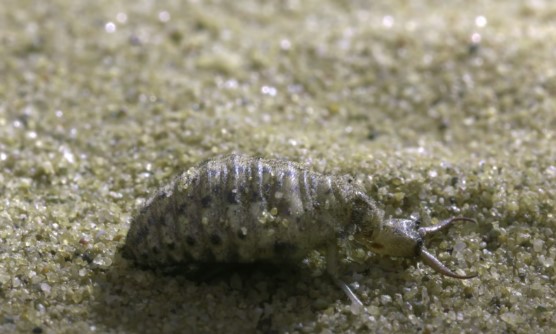
Source: MADSCIENCEen/YouTube
These bugs were named antlions because they looked like lions amid ants when they prey on them.
Something's Not Right
Years later, during the pandemic, Michael was to teach insect biodiversity and evolution to an entomology class on Zoom. As a form of visual aid, he decided to use specimen samples from his own collection. As you can already predict, this collection included the ‘antlion’ he picked up at Walmart.

Source: Compare Fibre/ Unsplash
As he used his supposed antlion sample to demonstrate the natural characteristics of the bug, he noticed something wasn’t right. His description of an antlion’s structure didn’t match what was before him.
A Giant Lacewing
At this point, Michael realized his mistake — he corrected himself and called the insect a lacewing due to its size. The wingspan of a giant lacewing is roughly 50 millimeters.
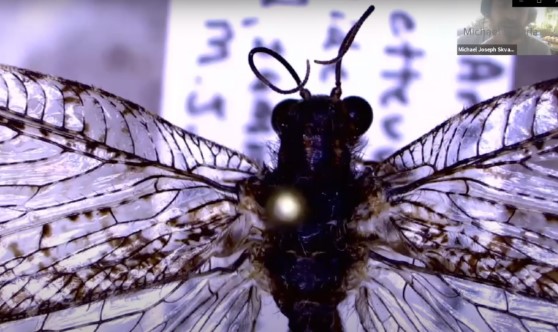
Source: THVII/YouTube
However, it became clear to his students as the class progressed that this bug was something out of this world. But was it truly a lacewing as Michael had said?
A True Discovery Out of Nowhere
One of the entomology doctoral candidates, Codey Mathis, says, “we were watching what Dr. Skvarla saw under his microscope and he’s talking about the features and then just kinda stops.”
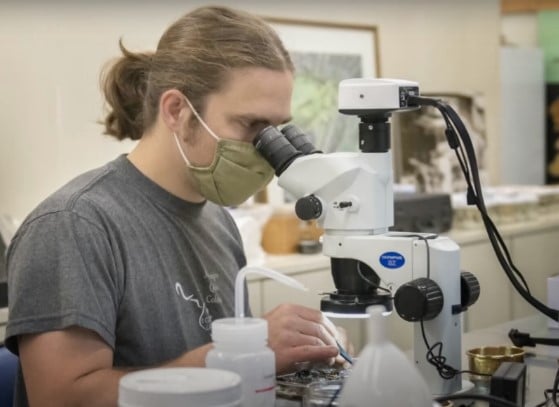
Source: THVII/YouTube
“We all realized together that the insect was not what it was labeled and was in fact a super-rare giant lacewing. I still remember the feeling. It was so gratifying to know that the excitement doesn’t dim, the wonder isn’t lost. Here we were making a true discovery in the middle of an online lab course,” he added.
Let's Prove It
To be sure, they had to prove their theory. Michael collaborated with fellow scientists to determine the insect’s true identity using molecular DNA tests. Next, they examined the location and time the mystery bug was found.
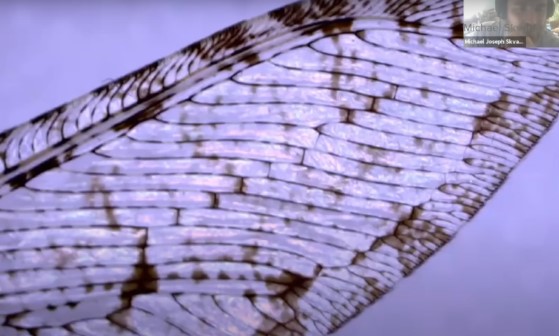
Source: THVII/YouTube
They realized lacewings could be found in numerous ecoregions across Alaska to Panama. However, the one Skvarla found was from Arkansas and was first sighted in the east of North America at least 50 years ago.
Forever a Mystery
The bug was presumed to have gone extinct in the entire region. So, Michael says that how the insect managed to stay put in Arkansas remains a mystery. He believes this insect from the Jurassic era may be one of its large surviving populations.
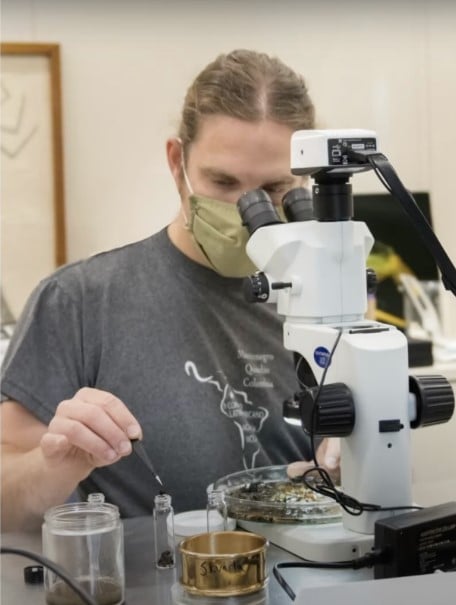
Source: THVII/YouTube
In his words, they may be a “rare, surviving eastern population of giant lacewings that evaded detection and extinction.”
From the Ozarks?
J. Ray Fisher from Mississippi State University’s Entomological Museum calls this area in the Ozark Mountains a potential biodiversity hotspot. Although this region isn’t as studied as others, it boasts hundreds of insect, animal, and plant species. Thinking about visiting the Ozarks?

Source: LindleyCreek/ Instagram
According to Michael,“The Ozarks are an understudied biodiversity hotspot, so it’s perhaps unsurprising that a large, showy insect could hide out there undetected for decades.”
Discovered or Recovered?
While we may call the recent sighting of the lacewing a discovery, it’s unclear whether this is the correct term. Everyone has different views about why the giant lacewing disappeared from North America.
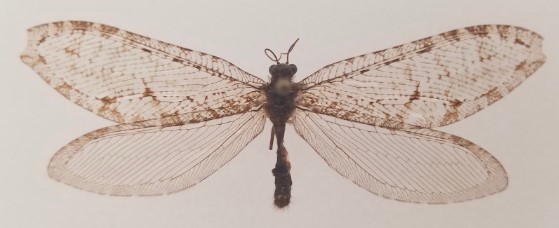
Source: Michael Skvarla/ Twitter
Regardless, for Michael, one thing is sure—the spotting of the giant lacewing in an Arkansas urban area unveils a larger narrative about biodiversity and how the environment is changing.
Some Reasons for the Bug’s Disappearance
Although no one knows why the bugs disappeared for sure, some scientists believe that it could be related to the pollution brought on by urbanization and the steady rise in artificial light.

Source: Michael Skvarla/ Twitter
Other possible reasons include Eastern North America’s forest fire suppression, the introduction of large ground beetles and other foreign predators, the arrival of non-native earthworms, etc. These non-native earthworms drastically changed the forest’s soil and composition.
What This Finding Means
Why is this discovery such a big deal? What are the implications of finding this rare Jurassic-era insect? A Penn State doctoral candidate, Louis Nastasi, answers this question.
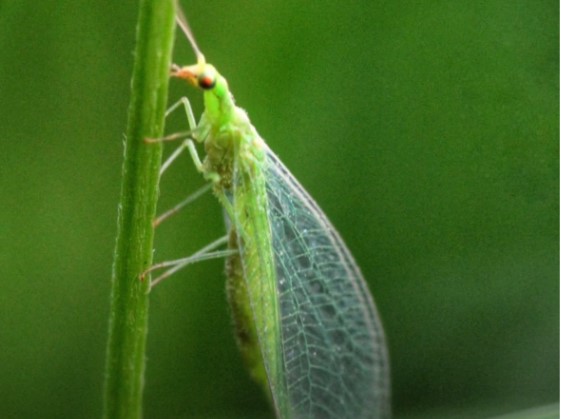
Source: Pests and Natural Enemies/ YouTube
According to him, “Discovery doesn’t always hold that same kind of grasp on people that maybe it did 100 years ago. But a finding like this really highlights that even in a run-of-the-mill situation, there are still a tremendous number of discoveries to make about insects.”
Deposited in a Safe Place
Our sources report that the insect has been deposited safely at Penn State’s Frost Entomological Museum. It’s part of their collection and will be available for students and scientists who want to undertake further research.

Source: HHDStudentInfo/ Twitter
Nastasi shared, “It was one of those experiences you don’t expect to have in a prerequisite lab course. Here we were, just looking at specimens to identify them, and all of a sudden, out of nowhere, this incredible new record pops up.”
The Importance of Observation
Discoveries aren’t meant for scientists alone. Although this one was made by a scientist, we believe it was a mere coincidence. This story proves there’s always a probability of discovering something new in the most random places.

Source: Andrea Piacquadio/ Pexels
So, as you go about your daily activities, always keep an eye out for something out of the ordinary. Who knows what you may find?
